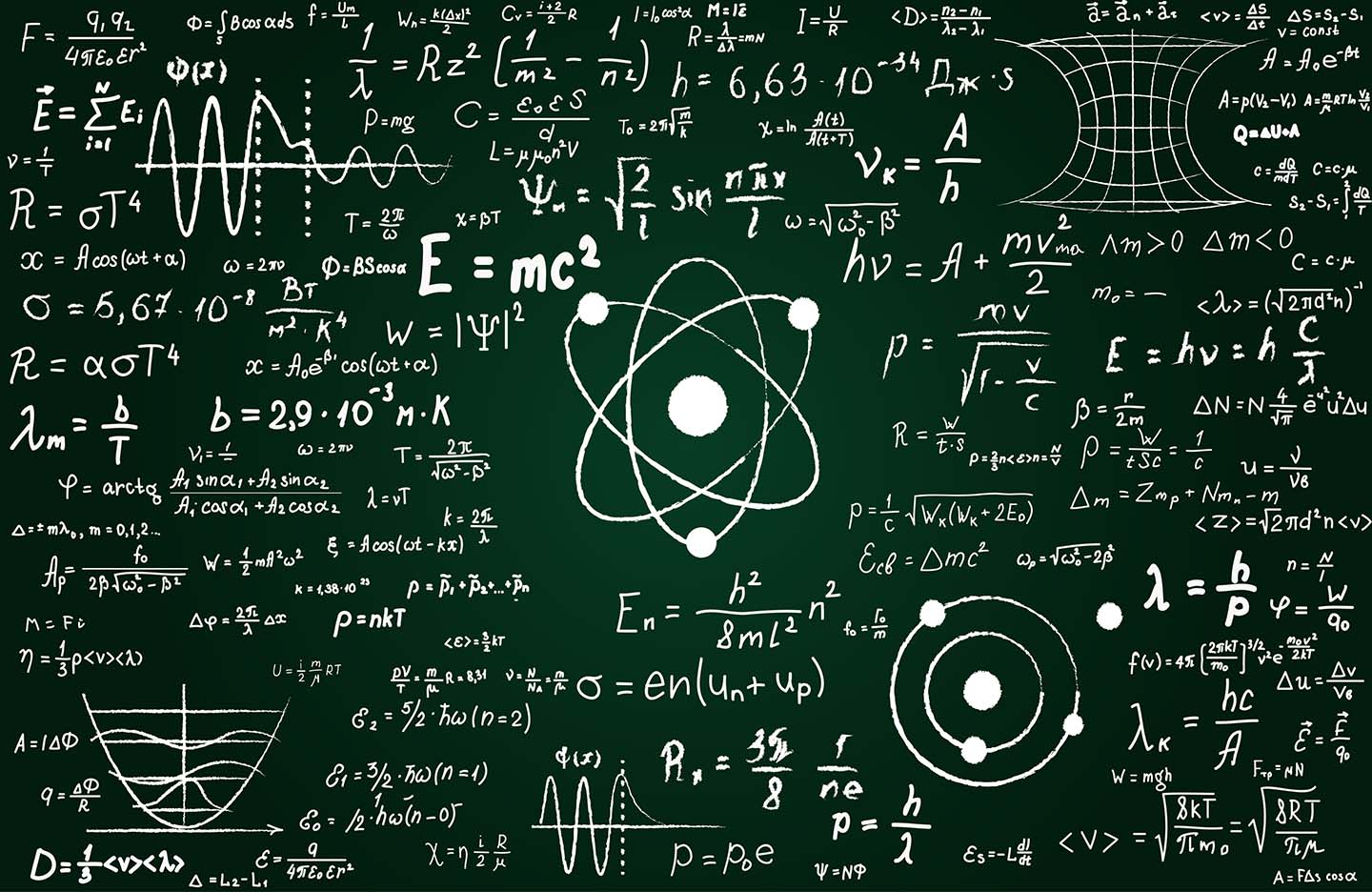Press Release
Old Method Leads to New Quantum Processing Possibilities
In 1987, James Spall, a statistician at the Johns Hopkins University Applied Physics Laboratory (APL) in Laurel, Maryland, developed the Simultaneous Perturbation Stochastic Approximation algorithm, which has been widely used to optimize systems with multiple unknown parameters, including aircraft and robotic control systems.
Three decades later, APL researchers are proving how Spall’s method can drastically improve the computational accuracy of certain types of today’s quantum processors.
In “Robust quantum control for adiabatic quantum computation,” published last month in Physical Review, APL’s Greg Quiroz, a physicist in the Research and Exploratory Development Department’s Experimental and Computational Physics Group, shows by numerical simulation that this method can be used to significantly improve the accuracy of a computation — even in the presence of unwanted outside noise. The method was designed to work on hardware available at the time, and Quiroz is using it to investigate how much improvement is possible with current processors.
“Control theory is typically used in quantum computing to enhance computational accuracy by improving how well individual quantum operations are performed, most notably in the presence of noise,” Quiroz explained. “Here, we present a method that utilizes feedback from hardware to determine the correct control protocol to perform the correct quantum operation and mitigate noise; thus, improving the computational accuracy of the device. This is different from typical open-loop control approaches because it is robust to uncertainties in the system model, meaning we do not really need to know precisely how the system works.”
APL has extensive theoretical and experimental expertise in quantum technologies, particularly in REDD. “One of our primary focuses is to determine how one can improve the computational accuracy and performance of a quantum computer by leveraging concepts from the vast set of protocols developed over the last few decades in classical control theory,” said Experimental and Computational Physics Group Supervisor Dave Clader. “This work is a great example of how one can adapt concepts commonly used in microelectronics and robotics to the quantum domain.”
The researchers are working with Oak Ridge National Laboratory and the University of Southern California to test this technique on real quantum computing hardware. “We are excited to see how much of an improvement such a method can provide,” Quiroz said.
